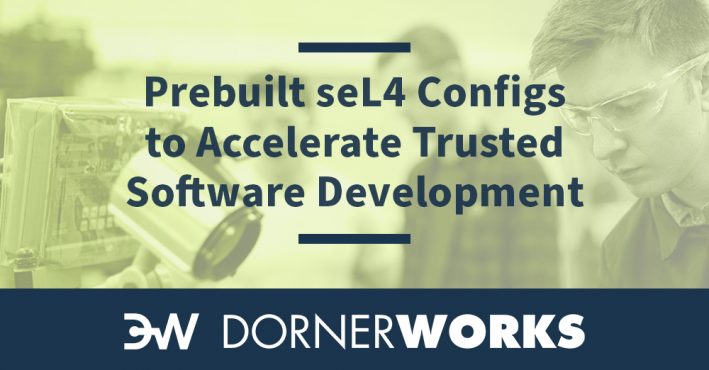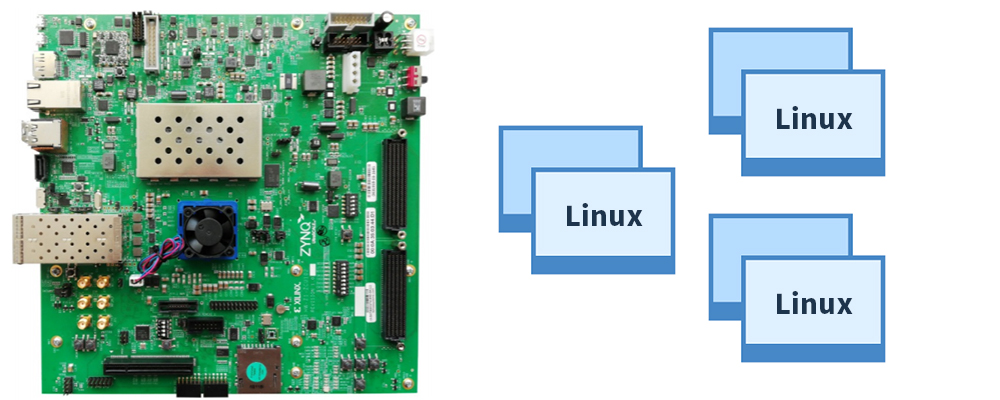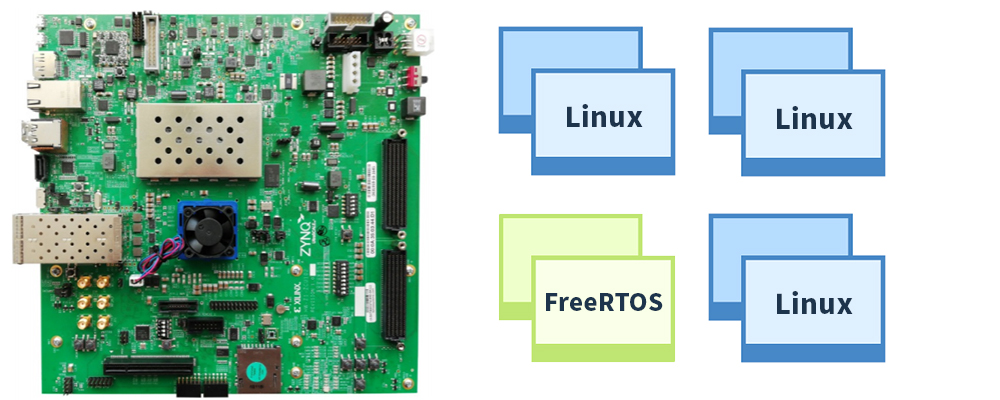
Verifying the security of your system can be difficult.
In search of a trusted foundation for a single piece of software, repeated cycles of pen testing and iteration can extend development cycles far beyond what the market is willing to wait for. These tests can provide increased confidence the security of an application but will also fall short of ever proving it.
Let’s face it, customers aren’t willing to risk their data security on a hunch that application security is possible. They want proof.
Thankfully, proof is available.
Formal verification can be used to definitively prove the security properties of individual software applications, particularly those built using the seL4 microkernel. This provides an opportunity to “set it, and forget it,” trading hours of costly testing for a mathematical proof and greater confidence.
One of the inaugural members of the seL4 Foundation, DornerWorks is a leader in helping companies accelerate integration of the seL4 microkernel as the trusted base for their software. This most often looks like a custom-configured package developed for the customer, which they can plug in to their system and use to grow their business.
Here are a few short examples:
Trusted software foundations enabled by the seL4 microkernel are becoming the earmark of advanced software security features now in use by the U.S. Navy, U.S. Army, and companies in defense, medical, and industrial markets. But the path to formal verification is not short. Configuring seL4 and deriving mathematical proof for a completely custom hardware design can take months, if not years.
For those with more aggressive schedules in mind, DornerWorks has not only ported seL4 to ARMv8, x86 and RISC-V devices, we have developed three tiers of virtual machine (VM) configurations that can provide a secure foundation, interoperability, and even real-time responsiveness for countless software solutions while maintaining all rigors of separation between VMs.

This entry distribution is configured to run two separate instances of Linux OS on the low cost Ultra96.

This distribution builds on our two VM version by adding a third VM running your “secret sauce” on Linux on the more I/O capable ZCU102 board.

This distribution offers the versatile and capable mix of three Linux VMs and a real-time operating system VM. The RTOS VM has control of the CAN bus so you can handle those pesky CAN messages in real time.
The preconfigured options Include software binaries and instructions on an SD card and are available at the link below.
Get A Configuration
Whether you are just getting your feet wet with a few VMs or looking to build your products on a custom seL4 configuration, DornerWorks can help you accelerate the path to building products on the secure base of the seL4 microkernel.
Schedule a meeting with us today and get started.